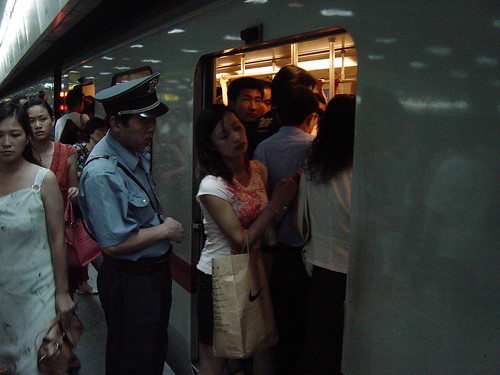As some of you may have noticed, the look and functionality of the comments here on Second Ave. Sagas changed early this week, and I wanted to take a second to formally introduce those changes. SAS now features threaded comments with live comment preview. The preview function means that, as you type your comment, you’ll see how it displays in a box underneath the comment box.
The threads, as you may have seen, allows readers and commenters to respond to each other. If you wish to respond to someone else’s comment, simply hit the “Reply to this comment” link underneath that comment, and, voilà, your comment will appear right below the one prior. Take a look here for an example. You all should also become fans of Second Ave. Sagas on Facebook.


 At Yankee Stadium, 24 ounces of Heineken will run you
At Yankee Stadium, 24 ounces of Heineken will run you 














